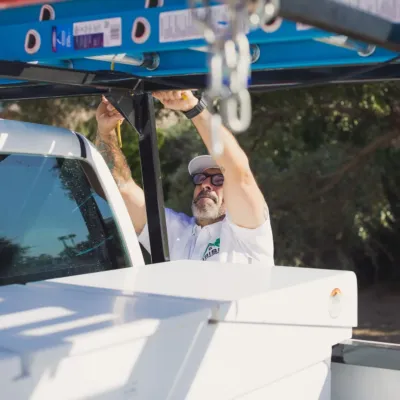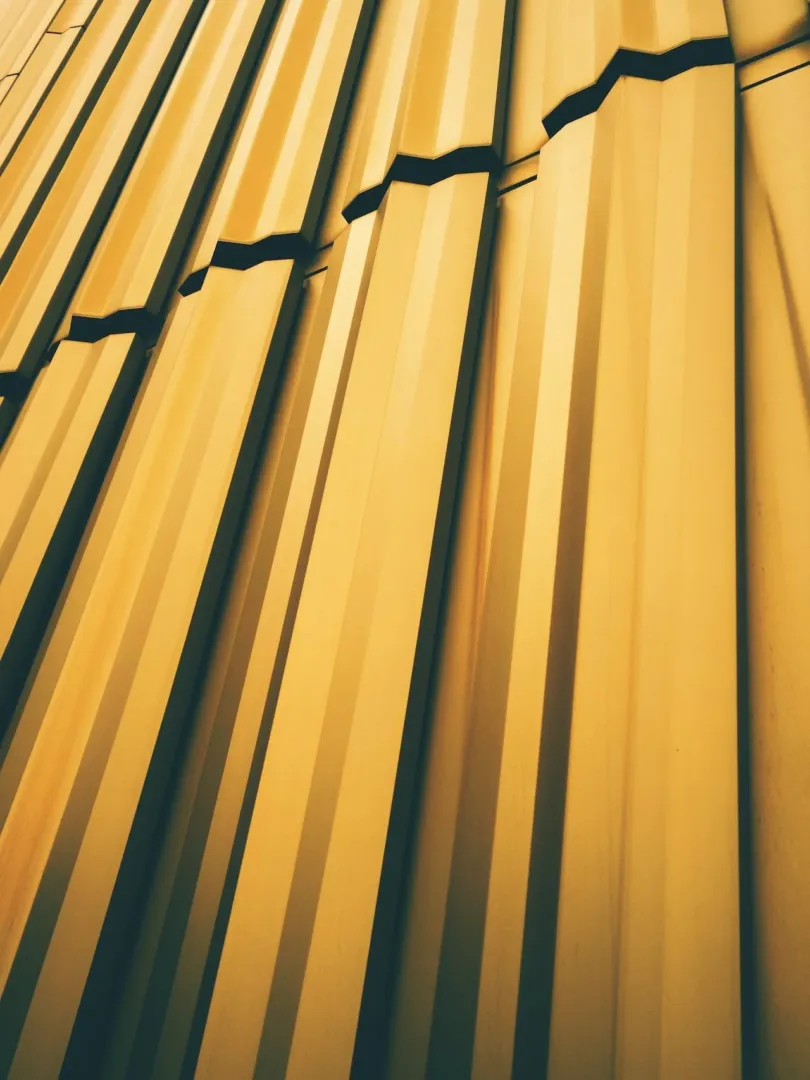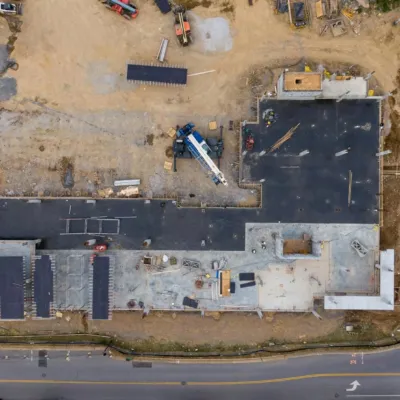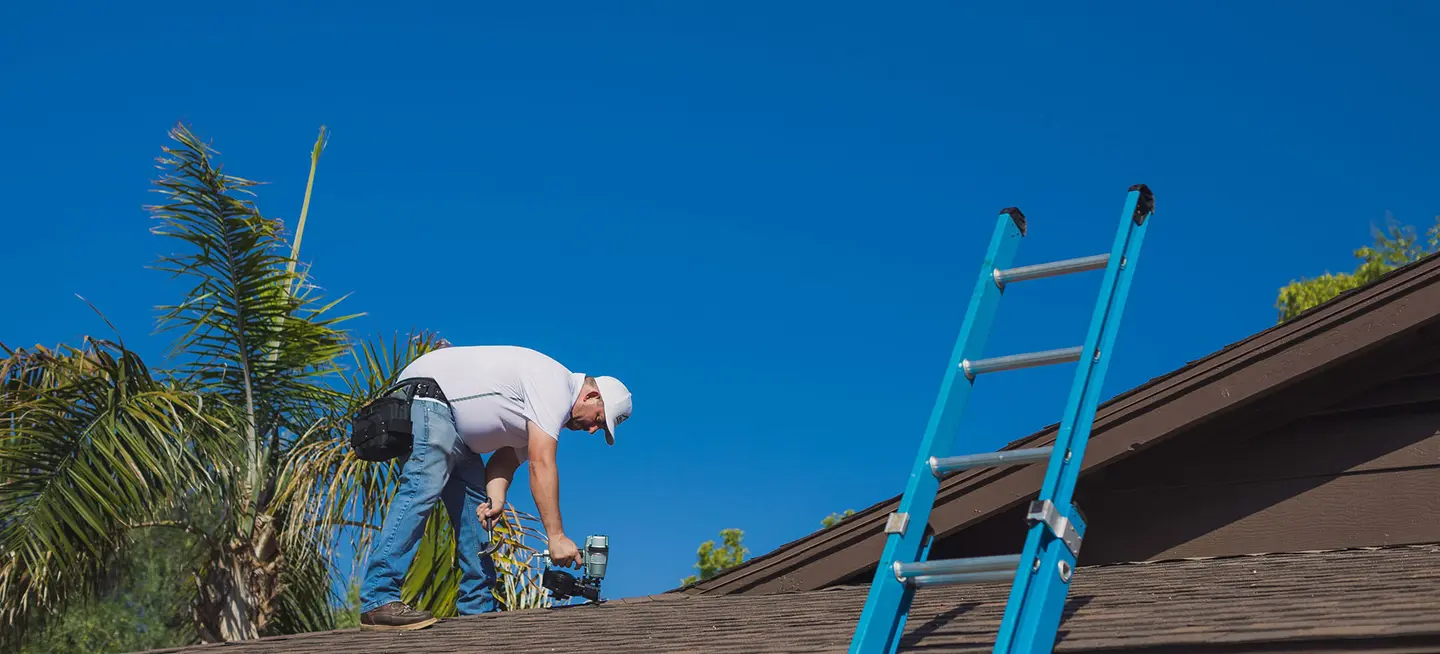
Reasons TPO Roofing is a Popular Choice for Commercial Buildings
Professional commercial roofing contractors recognize numerous advantages that make TPO an excellent option for modern construction and renovation projects.


In the United States, we spend approximately one-sixth of all electricity generated on air conditioning buildings.
In the United States, we spend approximately one-sixth of all electricity generated on air-conditioning buildings. This staggering statistic highlights how much energy is devoted to keeping our homes and businesses comfortable, especially during the hot summer. As energy costs rise and environmental concerns grow, homeowners and property managers are increasingly researching ways to improve energy efficiency and reduce utility bills. One of the most impactful upgrades you can make is to your roof, and among the various choices available, metal roofing stands out as one of the most energy-efficient roofing options today.
The roof should be at the top when considering ways to make a building more energy efficient. The roof is the first line of defense against the sun’s intense rays and extreme temperatures, leading to trapped heat in the summertime or lost heat in the winter if not properly insulated.
Traditional roofing materials, such as asphalt shingles, typically absorb and retain heat, radiating into the attic and upper floors. This creates a “heat trap” effect, forcing your air conditioning system to work overtime and boosting energy costs.
A common misconception is that metal roofs exacerbate this problem by getting hot to the touch and transferring that heat indoors. In reality, metal roofing offers superior energy efficiency than most other roofing materials. The key lies in how metal roofs manage solar heat, primarily through reflectivity and emissivity.
Metal roofing panels are often coated with specialized reflective finishes similar to those used on road signs and high-visibility gear. These coatings allow even darker-colored metal roofs to reflect a substantial portion of the sun’s energy, reducing the heat transferred into the building.
Metal roofing is one of the few roofing materials that can be certified as Energy Star compliant. To earn the Energy Star label, a roof must reflect at least 25% of the sun’s heat when new and maintain greater than 15% reflectivity after three years of normal wear.
One of the most common questions we hear from clients is, “What color metal roof is the most energy efficient?” The answer is straightforward: lighter colors tend to be more reflective and, therefore, more energy efficient. White-painted metal roofs are the gold standard, reflecting over 60% of solar heat and offering the highest energy savings. However, even darker shades such as grays, blues, and forest greens can achieve impressive energy efficiency ratings thanks to advancements in reflective coatings.
If you’re interested in maximizing your metal roof energy savings, consider choosing from the range of Energy Star metal roof colors. These include white and light grays, tans, and other pale hues designed to reflect more sunlight. The right color can significantly affect your roof’s overall performance, especially in regions with hot, sunny climates.
So, how exactly does metal roofing help lower your energy bills? The answer lies in two key properties: solar reflectance and thermal emittance.
Solar reflectance refers to the roof’s ability to reflect sunlight, including the invisible infrared portion that carries most heat. The higher the solar reflectance, the less heat the roof absorbs and transfers into the building. This is where metal roofing excels, especially with high-quality reflective coatings.
On the other hand, thermal emittance measures how efficiently a material can release any heat it absorbs. Metal roofs cool down rapidly once the sun goes down, unlike asphalt shingles, which can continue radiating heat into the attic well into the evening. This rapid cooling effect helps keep indoor temperatures more stable and reduces the load on your air conditioning system.
While much of the conversation around energy-efficient roofing options focuses on summer cooling, it’s also important to consider winter performance. Metal roofing offers significant benefits in cold weather. Unlike shingles installed in overlapping pieces that create numerous gaps and seams, metal roofing is typically installed in large, continuous panels—often 36 inches wide or more. This design minimizes the number of joints and potential points of air leakage, helping to keep warm air inside and cold drafts out.
Additionally, metal roofing can be installed with advanced insulation systems and underlayments that enhance energy efficiency. These systems create a thermal break between the roof and the living space below, reducing heat loss and improving overall comfort during winter.
We frequently ask, “Is a black metal roof energy efficient?” Traditionally, darker colors absorb more heat, which would seem to make black metal roofs less efficient. However, even black and other dark-colored metal roofs can achieve impressive energy efficiency thanks to modern reflective coatings. While they may not match the performance of white or light-colored roofs, they still outperform traditional asphalt shingles and other materials regarding reflectivity and thermal management.
If you prefer the look of a darker roof but are concerned about energy efficiency, we can recommend specific Energy Star-rated coatings that maximize reflectivity regardless of color. Our professionals can help you select the best combination of style and performance for your property.
When evaluating energy-efficient roofing options, it’s helpful to compare metal roofing to other popular materials:
Asphalt shingles: While affordable and widely used, they have low reflectivity and tend to absorb and retain heat, making them less energy efficient.
Clay and concrete tiles: These materials offer decent thermal mass, which can help regulate indoor temperatures, but are heavy and may need additional structural support.
Cool roof membranes: These are designed for flat or low-slope roofs and offer excellent reflectivity, but may not be suitable for all building types.
Metal roofing: Combines high reflectivity, rapid cooling, durability, and versatility, making it one of the best choices for both residential and commercial applications.
For most homeowners and property managers, metal roofing strikes the ideal balance between energy efficiency, longevity, and aesthetic appeal.
While metal roofing is inherently energy efficient, professional installation is pivotal to achieving the best results. Proper installation ensures that panels are securely fastened, seams are tight, and insulation and underlayment systems are correctly integrated. This not only maximizes energy savings but also lengthens the lifespan of your roof and protects your investment.
Our team of experienced professionals is trained in installation techniques and best practices for energy-efficient metal roofing. We work closely with clients to assess their needs, recommend the most suitable products and colors, and deliver flawless installation for long-term performance.
Investing in an Energy Star metal roof is not just about immediate energy savings—it’s about long-term value. Metal roofs are known for their durability, often lasting 40 to 70 years with minimal maintenance. This longevity, combined with reduced energy costs and potential insurance discounts, makes metal roofing a smart financial decision.
Many utility companies and local governments also present incentives or rebates for installing energy-efficient roofing systems. Our team can help you work through these programs and maximize your return on investment.
Selecting the right metal roof involves more than just picking a color. Factors such as climate, building orientation, insulation, and local regulations all play a role in determining the best solution for your property. As professional roofing specialists, we take a holistic approach to each project, verifying that every aspect of your new roof is optimized for maximum energy efficiency and durability.
Whether you’re building a new home, replacing an aging roof, or upgrading for energy savings, our experts guide you through every step. We are committed to delivering exceptional service and outstanding results from the primary consultation to the final inspection.
The answer is a resounding yes. Metal roofing is one of the most energy-efficient options available today, offering superior reflectivity, rapid cooling, and excellent performance in all seasons. With a wide range of Energy Star metal roof colors and styles, you can enjoy energy savings and curb appeal.
Contact our professional team today if you’re ready to experience the benefits of energy-efficient metal roofing. We’ll help you select the perfect roof for your needs and ensure expert installation for years of comfort, savings, and peace of mind.
Irish Roofing Company provides Scottsdale with residential tile roof installation and replacement, shingle roof installation and replacement, metal roof installation and replacement, roof repair, roofing maintenance, and roof inspection services. Count on our uniformed, knowledgeable, and experienced roofers for high-quality roofing solutions.

Professional commercial roofing contractors recognize numerous advantages that make TPO an excellent option for modern construction and renovation projects.

Commercial roofing experts utilize specialized formulations designed for maximum durability in demanding conditions.

Composed of specialized materials designed to protect and enhance roofing systems, these coatings create a seamless, protective layer across roofing surfaces.

We offer solutions for every roof and budget. Call today for a quote. Whether it’s a roof installation, roof repair, or roof maintenance, our team is ready to help.
"*" indicates required fields